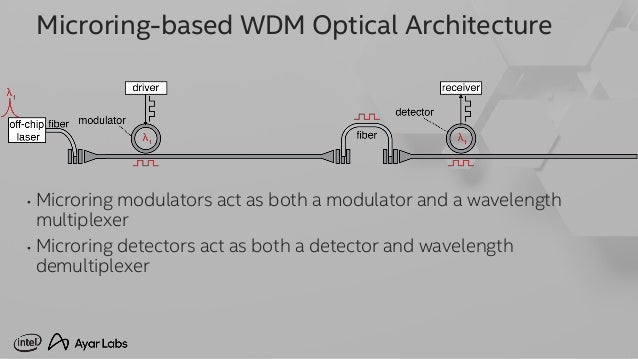- Optical Wavelength Laboratories Driver Jobs
- Optical Wavelength Laboratories Driver Salary
- Optical Wavelength Laboratories Driver Test
Powering a QCL with Wavelength’s patented 1 driver gives you narrower linewidths, stable center wavelength, and repeatable scans. This is the right instrument for lasers that require a high-precision and ultra-low noise current source to measure concentrations lower than ever before.

Fiber-optic communication is mainly conducted in the wavelength region where optical fibers have small transmission loss. This low-loss wavelength region ranges from 1260 nm to 1625 nm, and is divided into five wavelength bands referred to as the O-, E-, S-, C- and L-bands, as shown in Figure 1 and 2.
- This lab is thoroughly outfitted for experiments in introductory and advanced laser physics. It explains the study of optical properties for different material by adopting laser devices and handling basic aspects of interferometry.
- Significant highlights covered in the Global Optical Wavelength Services market include: In-depth market analysis, including information about current Optical Wavelength Services market drivers and challenges An exhaustive study on the expected trends, changing market dynamics, and market intelligence.
Figure 1 Transmission loss of silica fiber and optical communication wavelength bands
Rasteme port devices driver download for windows xp. Select Update Driver. If Windows doesn't find a new driver, you can try looking for one on the device manufacturer's website and follow their instructions. Reinstall the device driver. In the search box on the taskbar, enter device manager, then select Device Manager. Right-click (or press and hold) the name of the device, and select Uninstall. Drivers Installer for RASTEME USB AMP. If you don’t want to waste time on hunting after the needed driver for your PC, feel free to use a dedicated self-acting installer. It will select only qualified and updated drivers for all hardware parts all alone. To download SCI Drivers Installer, follow this link. Operating System Driver Provider Driver Version; Download Driver: Windows XP (64 bit) Rasteme: 1.22.0.0 Download Driver: Windows Server 2003 (64 bit).
Figure 2 Electromagnetic spectrum & optical communication wavelength bands
Among these five bands, the O-band (orignal band: 1260-1360 nm) was historically the first wavelength band used for optical communication, because signal distortion (due to chromatic dispersion) is minimum. It was also because optical fibers produced in the mid 1970s showed its lowest loss near the O-band. Drivers policy insurance.
Today optical fibers show its lowest loss in the C-band (conventional band: 1530-1565 nm), and thus is commonly used in many metro, long-haul, ultra-long-haul, and submarine optical transmission systems combined with the WDM and EDFA technologies.

The L-band (long-wavelength band: 1565-1625 nm) is the second lowest-loss wavelength band, and is a popular choice when the use of the C-band is not sufficient to meet the bandwidth demand. The same WDM and EDFA technologies can be applied to the L-band. Drivers radiant.
The loss of optical fiber in the S-band (short-wavelength band: 1460-1530 nm) is lower than that of the O-band, and the S-band is used for many PON (Passive-Optical Network) systems as the downstream wavelength.
The E-band (extended-wavelength band: 1360-1460 nm) is the least common wavelength band among the five. This is because the attenuation of early optical fiber in the E-band was highest among the five bands, due to residual water (OH group) impurity remained in the glass. After the invention of dehydration technique during glass production, the attenuation of most commonly used optical fiber (ITU-T G.652.D) in the E-band has become lower than that in the O-band. The use of the E-band in optical communication is, nevertheless, still limited as many existing fiber optic cables installed before 2000 show high attenuation in the E-band.
Optical Wavelength Laboratories Driver Jobs
In addition to the O- to L-bands, there are two more wavelength bands, namely the 850-nm-band and U-band (ultra-long-wavelength band: 1625-1675 nm). The 850-nm-band is the primary wavelength for multimode fiber optical communication systems, combined with VCSEL (Vertical-Cavity Surface Emitting Laser). The U-band is mainly used for network monitoring purposes.
Optical Wavelength Laboratories Driver Salary
FiberLabs’ product lineup for optical communication
Though various wavelength bands of the O-, S-, C- and L- bands have come into use with the explosive expansion of internet traffic in recent years, optical fiber amplifiers for the O- and S-band wavelengths were not realized for many years because of many technical hurdles.
Optical Wavelength Laboratories Driver Test
With the original fluoride fiber technology, FiberLabs has successfully developed optical fiber amplifiers for the O- and S-bands and 850 nm of wavelengths. With world-leading optical amplification technology, FiberLabs presently provides optical amplifiers of a variety of wavelength bands, including 850nm-, 980 nm-, 1030nm-, O-, S-, C-, L-, CL-, and SCL-bands.
